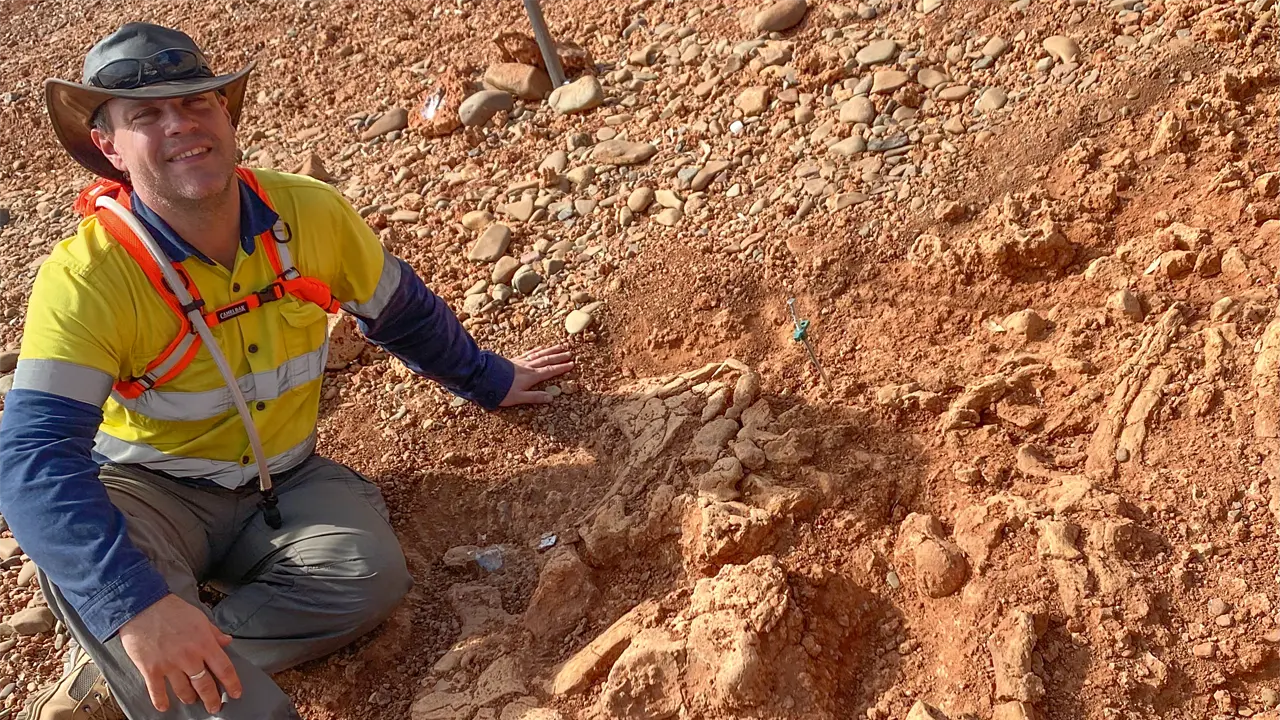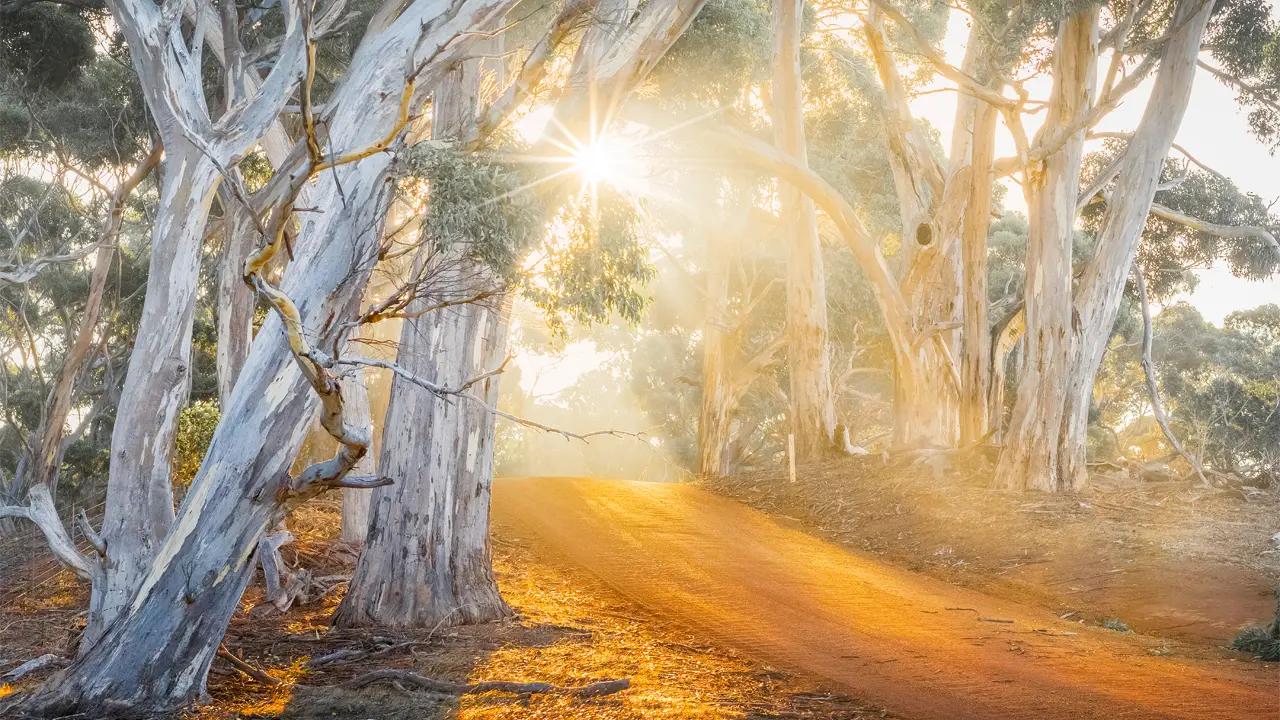An interest in war relics found on islands of the Torres Strait led Vanessa Seekee on a mission have Australia’s indigenous soldiers recognised.
Story By Danielle Lancaster
Vanessa Seekee pulls her cap tightly down upon her head, rearranges her long blonde ponytail, and surveys the glistening waters stretching out in front of her. From where she sits on the wharf at Horn Island with husband, Liberty, there is no division, no line or markers highlighting the meeting of the Coral and Arafura Seas fringing Australia’s most northerly reaches. That suits Vanessa just fine, as she prefers there to be no differences – equality and understanding are her priorities.
Vanessa had travelled more than 2200 kilometres from her Brisbane home when she arrived at Sacred Heart Primary School on Thursday Island as a 20-year-old schoolteacher in 1994. It was an exciting journey and one she relishes recalling. “My grandfather use to tell me lots of stories,” she says. “He was a swaggie who roamed the country looking for work, and he served in World War II. When I got here, I would go for walks and always find interesting things that no one appeared to know a lot about. The locals would say, ‘They left from war time’. I wanted to know all the whys, hows and by whos.”
Slowly the mystery became an obsession as her continued research and exploring across Thursday and Horn islands opened a maze of questions and facts. “It was amazing; I’d find trenches, aircraft, bunkers and smaller war time memorabilia like beer bottles dated 1943,” Vanessa says. “Much of it was covered with overgrown vines.” The Torres Strait was vital during World War II as General Douglas MacArthur’s flank during his push northwards through Papua New Guinea. More than 7000 people served in the Torres Strait during World War II and on March 14, 1942, the Japanese bombed Horn Island. In fact, by the end of the war, the 56-square-kilometre Horn Island had approximately 500 bombs dropped on it.
Vanessa started wondering whether the men and women – Australian and American, soldiers and airmen – that served on the islands been given any recognition of their service. “They had all served their countries and the most important fact is we had both indigenous and non-indigenous coming together for the same outcome,” she says. “By the end of the Pacific War there were 880 Torres Strait men enlisted. Nearly every man of eligible age from across the islands had volunteered to serve Australia.”
Vanessa’s search for answers led her to Liberty. “In 1995 I had a chat with Liberty’s father, Arthur, a pearl diver, about the concept of a museum,” she says. “He liked my idea, saw the potential, and agreed to patronise the venture. The family then built the museum – The Torres Strait Heritage Museum and Art Gallery – and now I curate and manage it while Liberty, a keen photographer, looks after all the images, which form such an important part of the display. People have been extremely generous giving us items. It was, and still is an important place for them.” This fascinating museum houses more than 400 veteran’s articles from the war, displays on the pearl industry (an industry on which the Torres Strait economy was founded upon) and the history of the people of the Torres Strait.
This story excerpt is from Issue #54
Outback Magazine: Aug/Sep 2007









